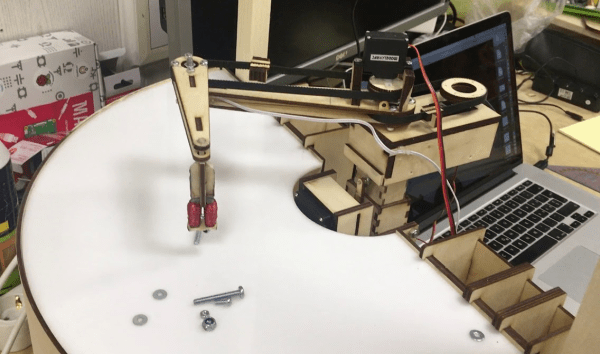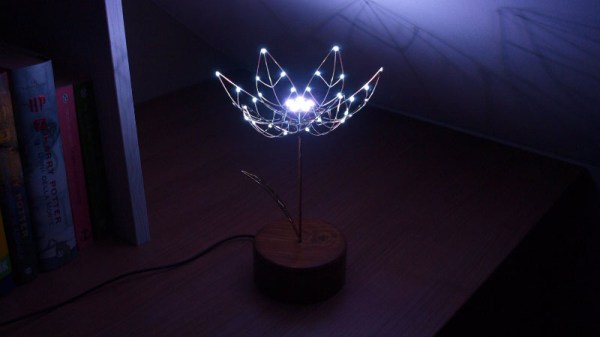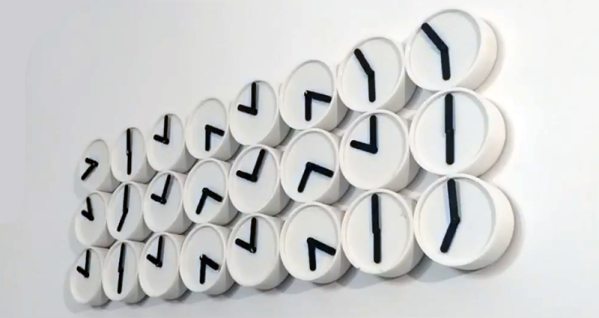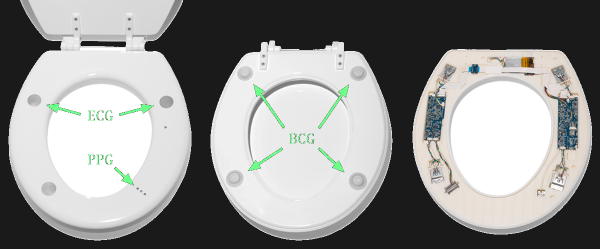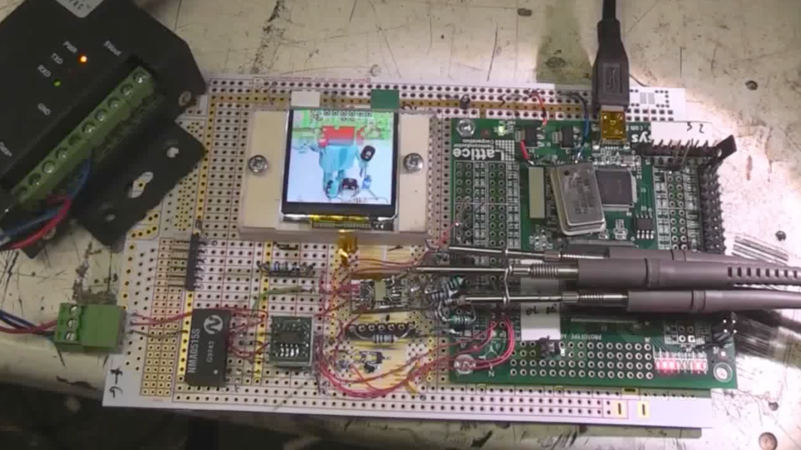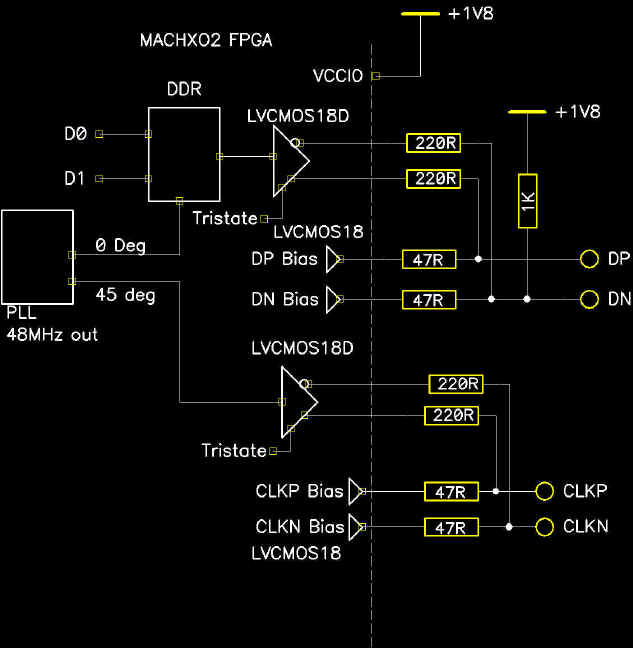Sorting out a mountain of screws and other workbench detritus by hand is a task that only appeals to a select few of us. [AdrienR] is not one of those people. He believes the job is better suited to a robot, so he built an intelligent and good-looking machine that does just that.
[Adrien]’s sorting bot is capable of organizing a hodgepodge of parts quickly and effectively. He simply scatters the parts on the light box work surface, illuminates it, and takes a picture with a downward-facing web cam. An algorithm studies the parts and their positions using OpenCV image processing, and sends the triangulation back to the arm so it can pick and place the parts into laser cut boxes using a home brew electromagnet.
[Adrien] calls this a work in progress. He plans to control it with a Raspberry Pi so it can be a standalone unit, and will probably move the parts boxes to the outside curve. Drop yourself past the break to see it sort.
If delta robots are more your sort, this one has balls. Colored balls.

